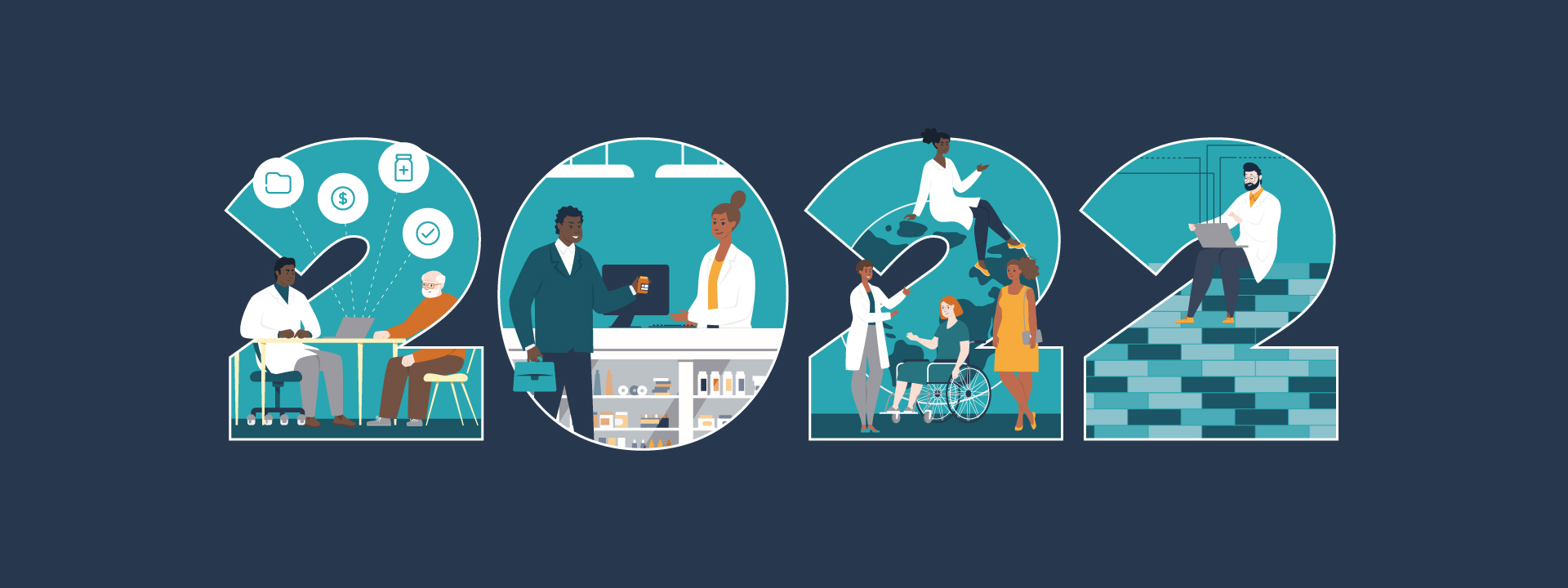If a picture is worth a thousand words, then it shouldn’t surprise anyone that there are 832 ways to convey the most common patient medication direction of “Take 1 tablet by mouth once daily.”
Given this enormous range of possible interpretations, it’s even less surprising that adverse drug events lead to approximately 1.3 million emergency department visits each year.
There can be no room for error when it comes to patient safety. But without uniform patient instructions, known as the Sig, a small misunderstanding in the prescribing or dispensing process could become a potentially serious, yet avoidable, medication error.
The perfect storm is overhead
Idioms aside, historic levels of provider burnout and projections that say the U.S. will face a shortage of up to 124,000 physicians in just 12 years due to system inefficiencies, administrative burdens, and increased regulation and technology requirements. We are also bracing for the Silver Tsunami as the baby boomer generation of 73 million get ready to turn 65-years-old in 2030. Add to that the fact that a patient Sig containing a quality issue is found in one in ten e-prescriptions, creating potential confusion or workflow disruptions at the pharmacy, and the perfect storm is rolling in.
By eliminating ambiguities in the prescribing process with solutions like Medication History with our new Sig IQ feature, we are giving prescribers and pharmacists a glimpse of sunshine after the storm.
Cut to the chase: get Sig smart quick
Alleviating administrative tasks that slow down the prescribing process paired with prioritizing medication safety is how Surescripts’ technology can ease the burdens facing prescribers and pharmacists.
In ambulatory care, a structured and codified Sig field in an e-prescription can help clarify what a quantity of 30 caplets for a 30-day supply once daily really means – ensuring the prescriber’s intent is clear, whether the medication should be taken in the morning, night, with or without food, for a special indication or an off-label use.
Enhancing medication history with structured and codified Sig, including our Sig IQ feature, immediately eases the clinical review chase, improves medication efficacy and avoids adverse drug events. Prescribers can shift their mental energy to “is this the right medication and instructions for my patient?” from “is this the right information?” Implementing Sig IQ as data input immediately improves data output helping to grow provider trust and confidence.
Here’s how Medication History with Sig IQ supports providers:
- Allows providers access to 12 months of patient prescription data through Surescripts Medication History for Reconciliation in acute and ambulatory settings.
- Adding Sig IQ to Medication History means clinicians capture accurate patient directions, eliminating the need for pharmacists to clarify free text instructions, immediately improving the clinical review process in the existing workflow.
- Sig IQ uses the National Council for Prescription Drug Programs (NCPDP) standard along with clinical review by pharmacists to ensure response accuracy and the codification meets network standards.
- Medication History with Sig IQ also helps to maintain patient safety by reducing potential transcription errors ensuring that the discrete elements are pre-populated within the EHR and interpreted in every system in the same way.
Rome was not built in one day… but each day we are improving interoperability
Surescripts patient intelligence is supporting clinicians and care managers by providing the interoperability they need to seamlessly communicate and bridge information gaps when coordinating care. With more complete patient care histories, more informed conversations take place leading to decisions that improve outcomes while lowering costs.
Learn more about how we're working to ensure accurate information flows easily and securely to increase patient safety, improve clinical care and ease provider burnout.


 Dean Riggott Photography
Surescripts
Dean Riggott Photography
Surescripts





